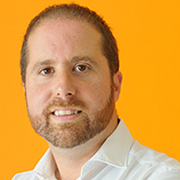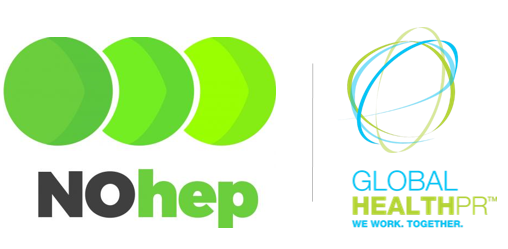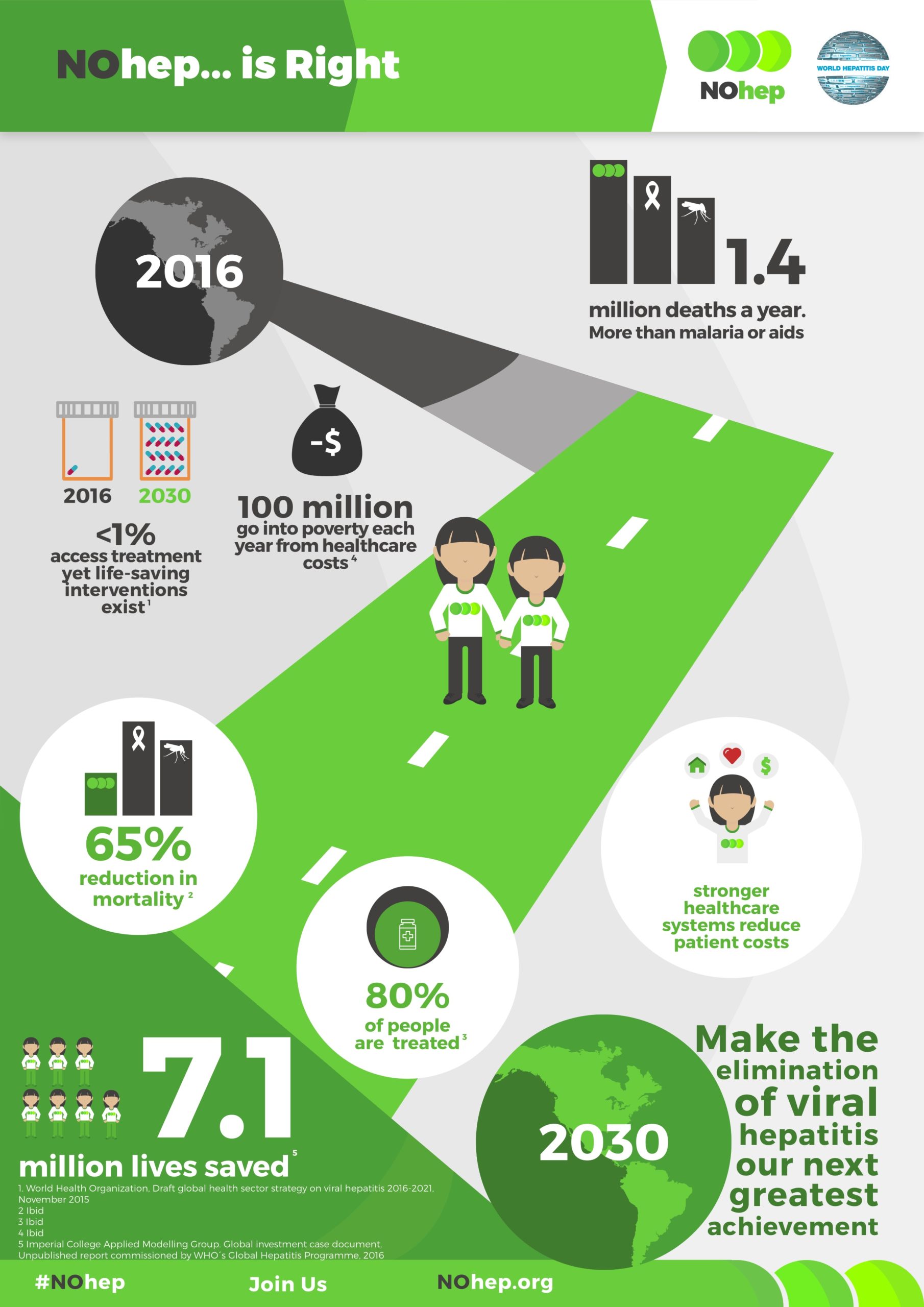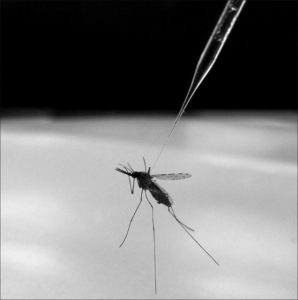This post comes to us from Renato Póvoas, Founder and Managing Partner of GLOBALHealthPR Portugal partner, Guess What.

Despite being somewhat averse to speculation, Guess What‘s editorial board asked me to write about trends for 2017. I leave here my 12 guesses. At the end of the year, we will take stock of what has actually materialized.
- Predictive analysis: Use of data, statistical algorithms and machine learning techniques to anticipate consumer behavior.
- Customer-Centric Culture: Put customers ahead of the direct interests of your brand. Surprise and provide an unforgettable experience to your client that he or she will defend your agency owing to fantastic results.
- Geo-location: Massive spread of the use of consumer data via geolocation. With the ever-increasing use smartphones, there is great potential for collecting and processing this information, being a precious tool for brand marketing.
- Native advertising: With the proliferation of ad blockers, it will become increasingly common to use native advertising in various media and formats. This type of advertising has the advantage of not being interrupted by the intrusive banners and pop-ups that disturb us daily.
- Multi-touch Attribution (MTA): A system that lets you know which clicks are the most important in converting customers online and how they relate. An extremely important topic for communications agency wants to make money providing digital services. Coming in the very near future.
- Data-driven marketing: Base decisions and actions on marketing through concrete data. Get to know people and customers to the smallest detail. This implies looking at the marketing, communication and commercial areas from an integrated, 360º perspective.
- Targeted Creativity: Develop creative and relevant content for your customers. From the digital point of view there are numerous tools that allow you to adapt and segment content so that your campaigns are increasingly effective.
- Cross-device: It’s already coming out of 2016 and will continue to be a reality this year. The mix is getting bigger and bigger. The challenge is to integrate the contents with coherence and in an appropriate way to the support.
- Live video: Explosion in the volume and level of interaction of this type of video. YouTube, Facebook and Instagram have recently incorporated more and more features in this field, thus contributing to the popularization of these videos, namely at the level of public events. It will not take long for brands to seize this opportunity.
- Content marketing: It has been said and recognized for some time now that “content is king”. Therefore, I believe that the content evolution that we will see in 2017 will be with regard to the level of sophistication, creativity and format.
- AR / VR (Augmented Reality and Virtual Reality): With some experiences in this area – Pokemon Go is perhaps the most universal example, there is still a long way and a lot to do in this specific field. Technology is important, but content and creativity are equally critical.
- AI (Artificial Intelligence): This will be the year in which more and more companies and brands will advance in this area. Personal assistants, chat bots and other instant messaging programs promise to give birth to a new generation of digital services.
What do you think will be the top communications trends in 2017? Leave a comment to let us know!
A version of this post originally appeared on the Guess What blog.





